Smart Buildings —— Advanced Materials and Nanotechnology to Improve Energy-Efficiency and Environmental Performance
----- 智能建筑:先进材料与纳米技术来提高能源效率和环境
Smart Buildings: Advanced Materials and Nanotechnology to Improve Energy Efficiency and Environmental Performance presents a thorough analysis of the latest advancements in construction materials and building design that are applied to maximize building efficiency in both new and existing buildings. After a brief introduction on the issues concerning the design process in the third millennium, Part One examines the differences between Zero Energy, Green, and Smart Buildings, with particular emphasis placed on the issue of smart buildings and smart housing, mainly the 鈥榚nvelope鈥?and how to make it more adaptive with the new possibilities offered by nanotechnology and smart materials. Part Two focuses on the last generation of solutions for smart thermal insulation. Based on the results of extensive research into more innovative insulation materials, chapters discuss achievements in nanotechnology, bio-ecological, and phase-change materials. The technical characteristics, performance level, and methods of use for each are described in detail, as are the achievements in the field of green walls and their use as a solution for upgrading the energy efficiency and environmental performance of existing buildings. Finally, Part Three reviews current research on smart windows, with the assumption that transparent surfaces represent the most critical element in the energy balance of the building. Chapters provide an extensive review on the technical features of transparent closures that are currently on the market or under development, from so-called dynamic glazing to bio-adaptive and photovoltaic glazing. The aesthetic potential and performance limits are also be discussed.Presents valuable definitions that are given to explain the characteristics, requirements, and differences between 鈥榸ero energy鈥? 鈥榞reen鈥?and 鈥榮mart鈥?buildingsContains particular focus on the next generation of construction materials and the most advanced products currently entering the market Lists both the advantages and disadvantages to help the reader choose the most suitable solutionTakes into consideration both design and materials aspectsPromotes the existence of new advanced materials providing technical information to encourage further use and reduce costs compared to more traditional materials
{{comment.content}}
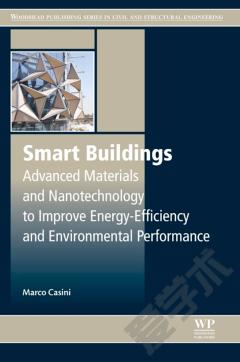
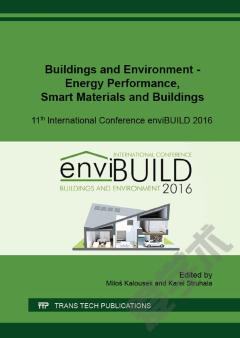
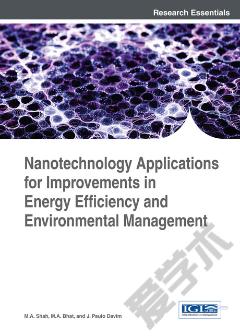

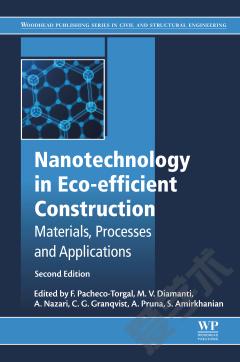
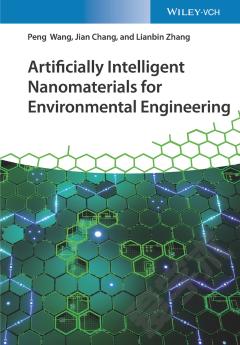
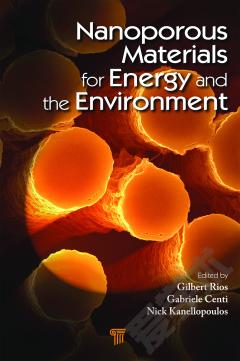

 京公网安备 11010802027623号
京公网安备 11010802027623号